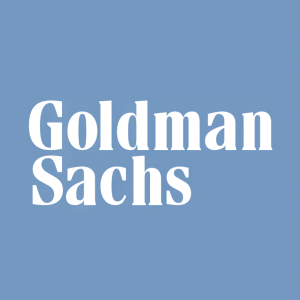[424B2] GOLDMAN SACHS GROUP INC Prospectus Supplement
Rhea-AI Filing Summary
GS Finance Corp. is offering autocallable index-linked notes due 2027, fully and unconditionally guaranteed by The Goldman Sachs Group, Inc. The notes are linked to the Russell 2000 Index and the S&P 500 Index and can be automatically called in 2026 if both indices are at or above their initial levels, paying at least $1,105 per $1,000 face amount. If not called, at maturity investors get cash based on the lesser-performing index, with 200% upside participation when both indices finish above their initial levels. The structure includes a 15% downside buffer, but if either index falls more than 15% from its initial level, principal is reduced and investors can lose a substantial portion of their investment. The notes pay no interest, are subject to issuer and guarantor credit risk, may have limited liquidity, and involve uncertain U.S. tax treatment.
Positive
- None.
Negative
- None.
FAQ
What are the GS (GS) autocallable index-linked notes due 2027?
The notes are unsecured debt of GS Finance Corp., guaranteed by The Goldman Sachs Group, Inc., with payments linked to the performance of the Russell 2000 Index and the S&P 500 Index. They offer conditional upside and principal protection but no interest payments.
How does the automatic call feature work on the GS autocallable notes?
The notes are automatically called on the call observation date (December 21, 2026, subject to adjustment) if the closing level of each index is at or above its initial level. In that case, on the call payment date investors receive at least $1,105 per $1,000 face amount, and the notes terminate early.
What is the payoff at maturity for these GS index-linked notes if they are not called?
If not automatically called, the cash settlement amount on the stated maturity date depends on the lesser performing index. If both final index levels are above initial, investors receive $1,000 plus 200% of the lesser performing index return. If both are at or above the 85% buffer level but at least one is at or below its initial level, investors receive $1,000. If either index finishes below 85% of its initial level, principal is reduced according to the downside formula and investors may lose a substantial portion of their investment.
What are the key structural terms of the GS (GS) autocallable notes?
Key terms include a face amount of $1,000 per note, a 200% upside participation rate, a buffer level of 85% of each index’s initial level, a 15% buffer amount, and a buffer rate of 100%. The trade date is December 19, 2025, original issue date December 24, 2025, determination date December 20, 2027, and stated maturity date December 27, 2027, each subject to adjustment.
Can investors lose principal on the GS autocallable index-linked notes?
Yes. If the notes are not automatically called and the final level of any index is below its 85% buffer level, the cash settlement amount is reduced based on the lesser performing index return plus the 15% buffer amount, multiplied by the buffer rate and $1,000. In the example table, if the lesser performing index finishes at 21% of its initial level, the payout is 36% of face amount, implying a 64% loss for an investor who bought at par.
Do the GS autocallable notes pay interest or provide dividends from the indices?
No. The notes do not bear interest, and investors receive no dividends or other distributions from the index constituents. All payments are made in cash at the call payment date or maturity based on the specified formulas.
What are the main risks of investing in these GS (GS) notes?
Key risks include potential loss of principal if the lesser performing index falls below its buffer level, no interest payments, credit risk of GS Finance Corp. and The Goldman Sachs Group, Inc., possible illiquidity or unfavorable secondary market prices, a note value that is initially less than the issue price, and uncertain U.S. federal income tax treatment.









